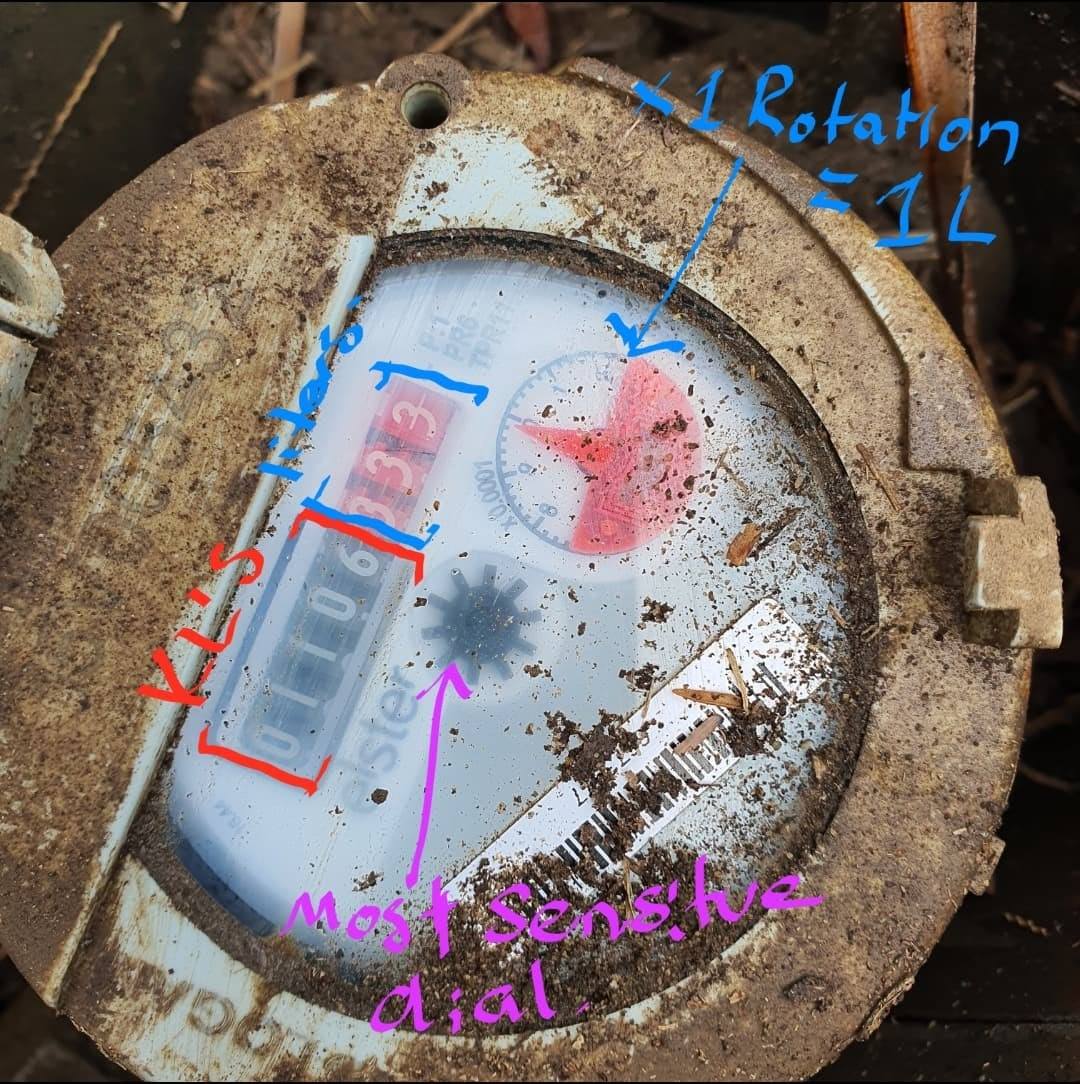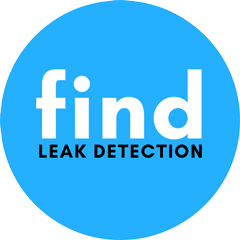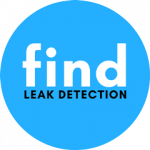Water leaks can turn into a major headache for anyone, especially when they go undetected. Not only can they cause extensive damage to your property, but water leaks also lead to additional expenses and health risks. Early leak detection is key to avoiding these costly and disruptive problems.
Are you concerned that you may have a concealed water leak at your home? Maybe you’ve received a high water consumption notice from your council or water provider. Or you’ve noticed respiratory problems, such as coughing and shortness of breath, that could be related to mould growth? In this guide, we’ll help you understand the dangers and common signs of water leaks.
Effects of Hidden Water Leaks
Water leaks have far-reaching consequences beyond annoying dripping taps in the bathroom. Here are the dangers of hidden water leaks in your home.
- Structural damage — Water from a leaky pipe can seep into walls, floors and ceilings, weakening your property’s foundations. If left unattended, water leaks can result in sagging ceilings, warped walls and weakened beams that hurt the structural integrity and value of your home.
- Mould and mildew — Mould and mildew can grow and reproduce in moist environments, such as damp walls and floors. Spores quickly spread through the air, triggering coughs, eye irritation, congestion, headaches and fatigue. Prolonged exposure to mould can be particularly harmful to individuals with pre-existing respiratory conditions or compromised immune systems.
- Increased water usage — Even a minor water leak, such as a dripping tap or a hidden pipe leak, can waste kilolitres of water over time and result in excessive water bills.
- Damage to personal property — Beyond the structural consequences on your property, hidden water leaks can also damage your possessions. Furniture, home appliances, electronics and other personal belongings can be difficult or impossible to restore once they have been affected by a water leak.
Leak Detection Checklist: How to Look for Water Leaks in Your Home
Hidden water leaks are tricky to detect, but there are several telltale signs of their presence. Here are helpful questions to ask during the initial leak detection process:
Does your water metre spin when water is not in use?
It’s worthwhile to check your water metre over a 30-minute period. To perform a water metre observation check, follow these steps:
- Turn off all your taps, including stop taps, toilets, appliances that use water and garden irrigation systems.
- Make sure no one uses water during the testing period, including flushing or hand washing, to get an accurate reading.
- Take a photo of your water metre and the dials and log your time.
After 30 minutes, take another photo and compare the numbers. A change in the metre reading when water is not used over a short period is a telltale sign of a water leak in your home.

Have you checked all your taps, toilets, and fixtures?
Sometimes a water leak from a toilet bowl, for example, can go unnoticed as the clear water runs down the back of the bowl. Here’s how you can closely inspect and notice if there is a plumbing leak:
- Check all internal and external taps for water leaks or drips.
- Check toilets for water leaks, hissing or water running into the back of the bowl.
- Check all other water fixtures and appliances for any leaks from fittings or parts (eg. hot water systems).=
- Check if there are damp spots around taps and plumbing fixtures.
If you have a leaking tap or fixture, this will need to be fixed or isolated before we can perform leak detection works.
Have you used more water over the last three months/billing period?
Sometimes a spike in water consumption can be from filling pools or spas, running heavy irrigation or other prolonged periods of water usage — even having visitors or hosting a party can increase your average water bill.
Here are some basic facts to know about water usage in Australian households:
- 1,000 litres = 1kL (kilolitre)
- Average cost of 1kL = $4.50 but depends on council area
- 1hr average water consumption on a hose tap = 1,080L = 1.08 kL
If there are no leaks detected, it’s likely that you’ve used an abnormal amount of water during that billing period and your council has just notified you of the increase. Conversely, if there are drastic changes to your water consumption and your water bill is way above your usual, you may be dealing with a water leak.
Does your property have an irrigation system or pool with automatic top up feature?
If your leak detection indoors leads to a dead end, consider the water systems you have outdoors. Automatic sprinkler systems and pool top up systems may be the source of your high water usage.
To check for leaks, turn off the systems and conduct a water metre observation test as we’ve described above. Look for visible signs of water leaks, including water trickling when sprinklers are turned off, anomalies in the water pressure and taller grass growing around irrigation systems.
Have you noticed an abnormally wet patch, pooling water, discoloured surfaces and musty odours?
Sometimes water leaks have telltale signs you should not ignore. If you already suspect a leak in your home, inspect your property for these obvious clues:
- Abnormally wet patches at the base of a retaining wall or the lower part of a property
- Wet or really green patches of grass
- Muddy or damp ground
- Moss growing around brickwork or on concrete
- Humming or running water noise through a tap or other part of the house
- Discoloured walls, ceilings or floors
- Bowing or warping surfaces
- Peeling, bubbling or blistering paint
- Unusually warm spots on floors
- Musty odours due to mould
All of the above may be indicators of a concealed water leak on your property that will require a licensed and professional plumber or leak detection specialist to attend and locate and repair.
What to Do When You Find a Hidden Leak
Leak detection is only the first step in protecting your property, finances and health from water leaks. As soon as you suspect the presence of leaks in your home using our checklist or a water leak detector, we recommend taking the following measures:
- Mitigate the damage
Once you’ve determined the location of the water leak, turn off the tap, toilet, shower, appliance, sprinkler system or the water supply if possible.Act swiftly in mitigating the damage caused by a water leak in your home. Use towels or mops to soak up water in damp areas. Set up fans or dehumidifiers to speed up the drying process. If possible, remove furniture and electronics from affected areas to minimise the damage. - Document the damage
Document any damp spots, flooding or any damaged property to support your insurance claim. Track expenses related to repairs and restoration in case you plan on making reimbursement requests from your insurance provider. - Contact a professional
It may be easy to replace a worn gasket or tighten the shower head pipe, but not all water leaks should be DIY-ed. We recommend seeking professional help from certified plumbers who can immediately repair water leaks. They are equipped with professional-grade water leak detectors that identify problem areas beyond what you can see.
Get Expert Leak Detection From Find Leak Detection
Time is of the essence when it comes to fixing water leaks — but they are not always easy to locate. Here at Find Leak Detection, we believe in the value of hiring leak detection experts who use specialised technology to identify water leaks with speed and accuracy.
If you suspect a water leak in your home, reach out to us immediately. Our services include residential and commercial water leak detection using specialised tools such as thermal cameras and Borescope cameras. Contact us to enquire about the locations we serve — we’ve helped many residential and commercial property owners from South Brisbane to the North Gold Coast. We can assist you in minimising the damage to your property, saving you time and money in the long run. And if you have additional questions, please check out our FAQs.

